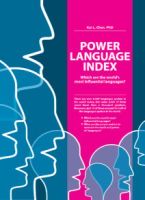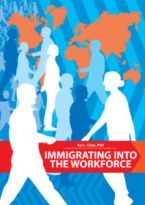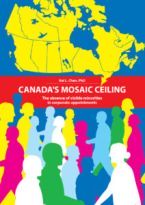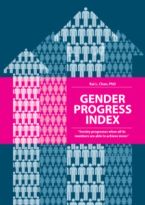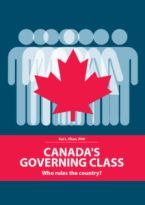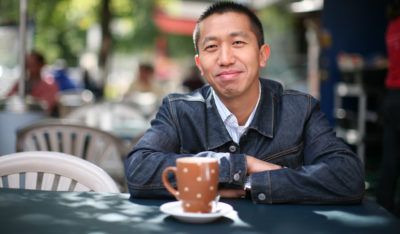
Not just ‘self’ segregation
The buzzword du jour on campus is “self-segregation” so I too will add my two cents. Although the recent discussions have centered on self-segregation by Asian Americans on campus, I hope to speak to a larger audience. After all, at the end of the day, we all put our pants on one leg at a time.
Should we expect that in a colour-blind society that roommate draws will reflect a random selection from the population? This would seem silly since the friends that one keeps would be correlated to one’s ethnicity, since people of similar backgrounds would share some common values, experiences, culture, etc. In any case, just to look at the phenomenon of room drawing misses out on the greater point of social integration. What about on the Street? or whom one befriends?
I think the notion of “self”-segregation is insensitive to any person who has been excluded from a group. How you perceive yourself and how you want to fit into society is secondary. What probably matters more is how others perceive you and where they allow you to feel comfortable. And this is the crux, since one can only peripherally influence the views of society. Even as I may consider myself X, if society — or segments of it — perceive me and treat me as Y then societal pressures will tend me towards being Y.
One of the challenges of growing up Asian in North America is the feeling of belonging. Many Asians who were raised in the west feel unaccepted by society. Perhaps this feeling of separation from mainstream society is more acute for Asians than other minorities. Slurs such as, “Go back to China!” are bestowed even upon third and fourth generation Asians.
Over my years I have befriended people from all walks of life, but for some reason a disproportionate number of my closest friends tend to be Asian. (Perhaps not so disproportionate if one takes into account that I grew up near Chinatown, and that it is very difficult at later ages to develop very close friendships.) But I have generally found that it is easier to make acquaintances with non-Asians (especially white people), whereas Asians are harder to get to know initially. However, in terms of developing the friendships to a very high level, I have had more success with Asians.
The problem of segregation is one for us to all tackle. Nevertheless, the onus is often unevenly shared. Some minorities feel a collective shame if one person from that community commits a crime or is portrayed negatively in the media. Likewise, some minorities are conscious about others perceiving them as being exclusionary to the 37
point that they feel guilty if their friends are predominantly from the same community. Yet my impression is that there is an asymmetry with the majority group. We all share culpability for excluding people from certain aspects of social interaction. At times group X will be unwelcoming to group Y, and at other times the reverse. (Perhaps “unwelcoming” is a bad term, since it is usually little things that we do, all without any ill intent that make others feel unwelcome. Other times, however, it is simply that we are lethargic and we do not challenge ourselves to try something new.)
We should celebrate the diversity that different cultures bring to the community, however, when we let these differences divide us as opposed to providing a positive focal point then we are defeating ourselves.
In any case, for many minority students Princeton presents the first time that they are in an environment in which there is a sizeable minority population, and this allows them to discover their own roots and be proud of their ethnicity for the first time. In finding themselves, however, one hopes that they will not isolate themselves from other communities. Then again, it is much easier to explore other cultures and be open to other ideas when you are confident and comfortable with whom you are.
With apologies to indigenous populations and the lumping of many disparate peoples, if Princeton’s undergraduate body were a reflection of global (ethnic) diversity, then there would be: 281 Arabs/Middle-Easterners (6.1 percent); 392 Hispanics/Latinos (8.5 percent); 489 blacks/Africans (10.6 percent); 802 whites/Europeans (17.4 percent); 1130 East Indians/subcontinenters (24.5 percent); and1522 Pacific-Asians (33.0 percent). For comparison, of students enrolled in the 01-02 academic year, 32 percent were either international students (6 percent) or American minorities (26 percent).
Kai Chan, an assistant master of Butler College, does not speak for the College. The views expressed here are his own.
The Daily Princetonian: “Not just ‘self’ segregation”
Published: Wednesday, March 5th, 2003


